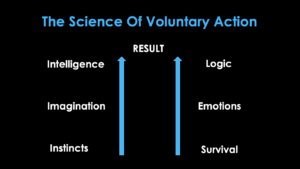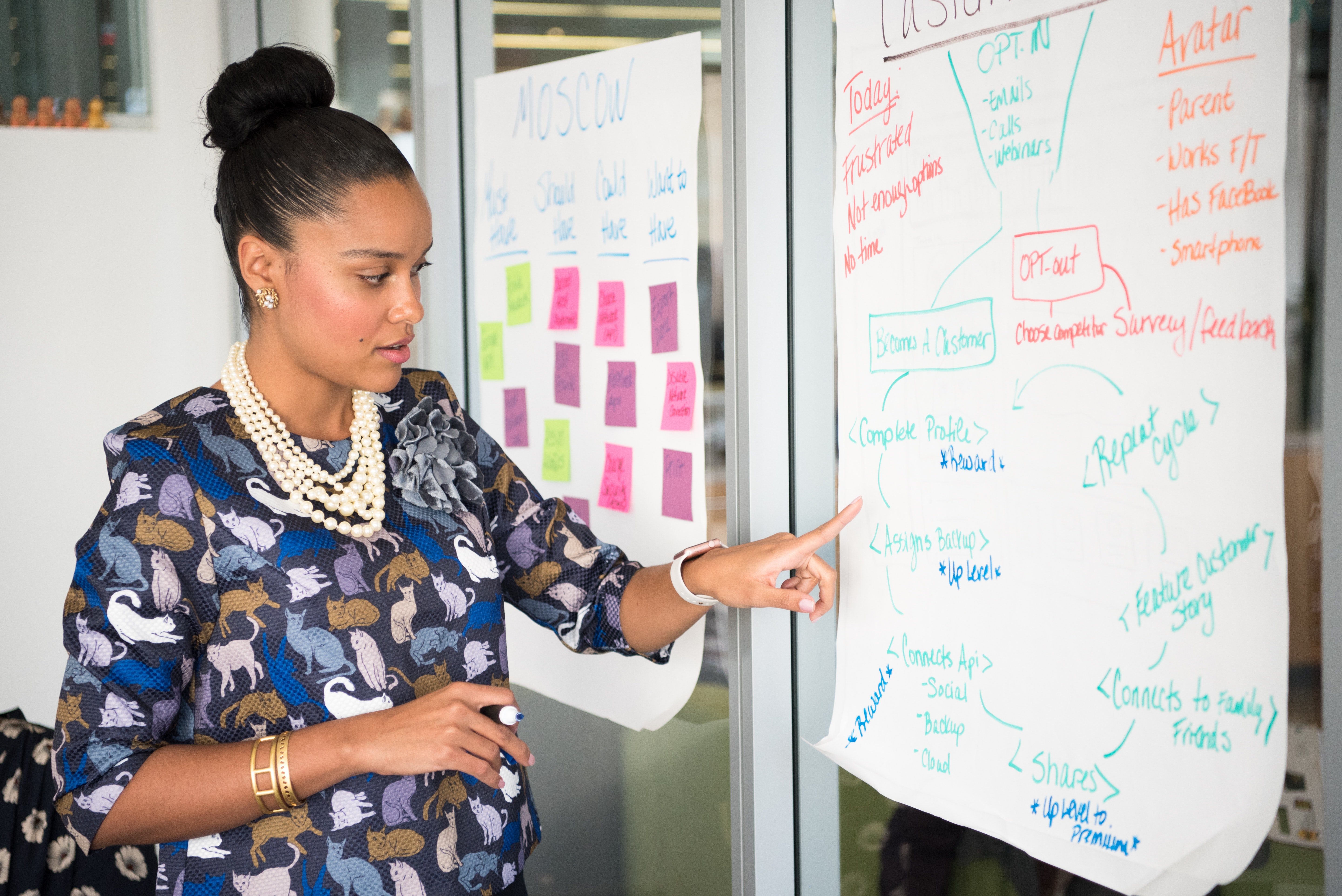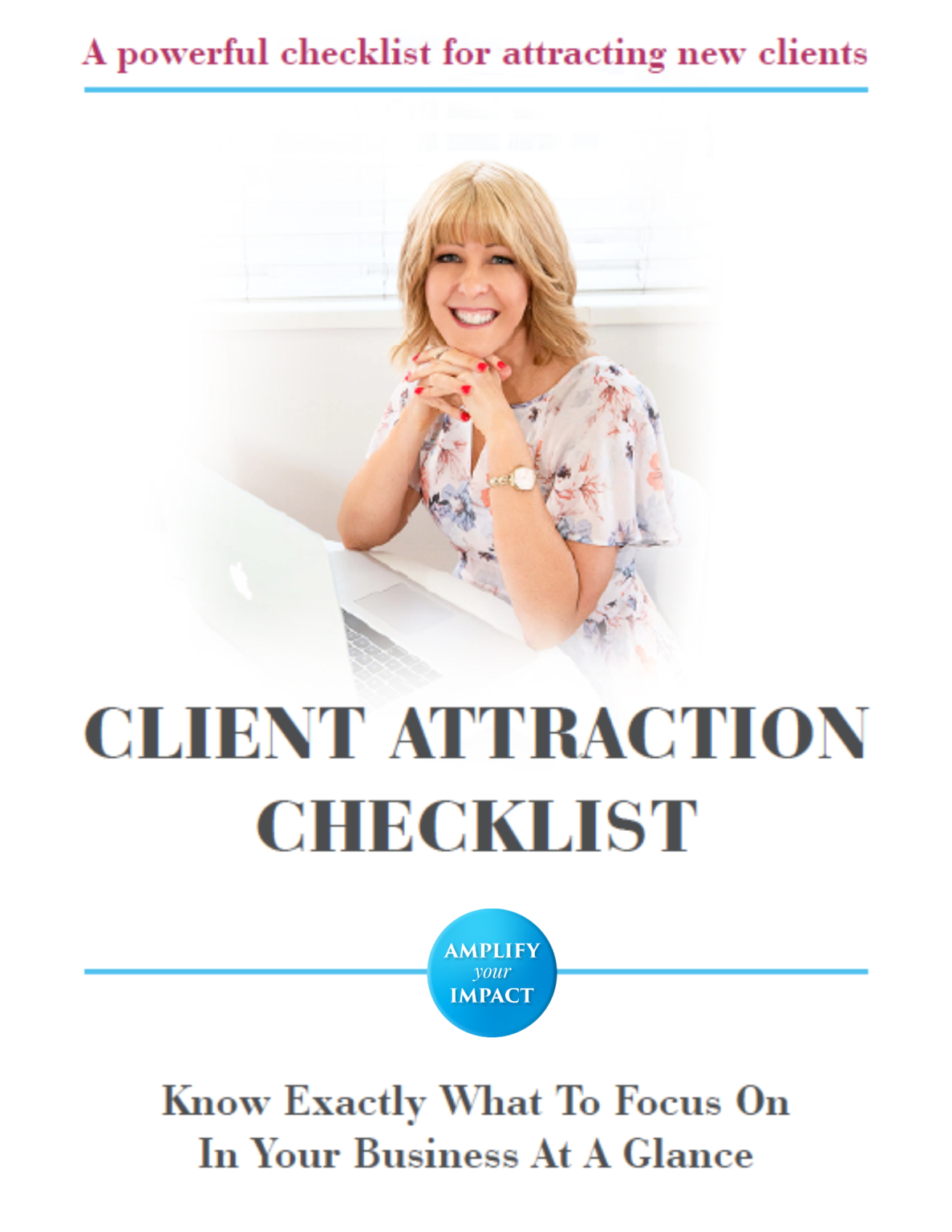Most uccessful coaches, experts, and entrepreneurs use events to attract and sign up clients because it is the quickest way to build trust with your ideal audience.
By mastering the art of presenting and inspiring people to take action, you can position yourself as an expert and authority figure.
This leads to deeper relationships with potential clients as they get to know you better through video or Zoom, ultimately choosing you over other options.
Effective presenting is a craft that can transform your life both professionally and personally. By honing your presentation skills, you can work from home, achieve financial success, and boost your confidence.
You don’t need to be a super polished or charismatic speaker to learn this craft – anyone can do it.
Developing the ability to communicate your thoughts and ideas in a compelling way will also improve your communication skills in all areas of life.
Presenting is more than just a skill, it’s a game-changer that can elevate your personal and professional life.
However, there are some common mistakes presenters make that can be fatal and prevent people from watching, engaging, or even signing up to work with you.
It’s crucial to identify and avoid these mistakes to maximise the impact of your presentations.
In this video I share 3 little-known mistakes that kill your presentations.
You can watch the video here:
The 3 Little-Known Things That Kill Your Presentations.
1. Winging it, not crafting it
When you don’t take the time to craft your presentation properly when you’re just winging it, rather than crafting it without any type of structure that you’re following.
You can miss so much of your audience.
Because we all think in different ways.
There’s been so much research done on psychology and human behaviour and the way we process information that if we don’t follow the way the human brain naturally goes, we lose people.
The purpose of the presentation is for the audience, not for you. You are not there to process and download and work things out as you go.
You want to make sure that you have a framework that you’re following.
Always start with why then go into the what followed by the how to.
2. Focusing on yourself, not on the audience
If your nerves are making you so self-conscious, you’re thinking about yourself and not your audience.
It ends up that you’re not able to be really present and allow the flow to come through you, because you’re so busy thinking about yourself.
The more you think about your audience, the less nervous you’ll be.
3. Under sharing, or over sharing
A lot of people say to me, “How do I know what’s over-sharing and giving too much?” “How do I know what’s not giving enough?
Under sharing is being stingy and holding back from giving.
It’s so important, if we want to build trust, that we give plenty of free value, I find that the more give, the more clients I get.
We always have to provide great value whether that’s free or not. It’s not just oh, I’m going to hold back all of my awesome value only for my paying clients.
We’ve got to give substance content that has real-life application, even if it’s for free.
Now on the flip side is oversharing.
I used to do this all the time. Whenever I ran an event, I’d give so much away like this massive banquet and people would leave really full.
But it can be a disservice to people if they feel that they can go and do it on their own.
You want your presentations to give lots of value but you don’t want to give too much.
You always want to leave people satisfied and hungry for more.
There is a sweet spot in the middle between being generous and not giving away everything you have all at once.
There are many factors depending on where people are at in their journey, how much they’ve absorbed from you, or really how well they know you.
I’m going to be unpacking these factors in the upcoming workshop as well as so much more.
I’m sharing the formula that I’ve created “The clients from workshops formula” that I’ve used for the last 15 years.
To help you get clients from events, whether that’s workshops, webinars, master classes, or anytime that you show up to present.
I’m sharing how to create a really effective presentation where you craft it in a way that overcomes or dissolves any objections that they have if it’s the right person for you.
It positions you as the expert and the authority…
…and it really creates that desire for what you want.
How to deliver it with value getting that sweet spot. Making sure that it attracts and signs up the right people.
I’m also sharing how to market your workshops so that the right people come not just any people.
I’m doing it all without any complex tech. Without you having to do any sales calls. Or any of that kind of hustling tactics.
…It’s very elegant…
This powerful 1-day online workshop takes the best of what I’ve learned from running 300+ events and lays it all out in a simple system.
I think you’re going to absolutely LOVE How To Get Clients With Online Workshops
It’s limited to 30 seats only

Why this event is different from other events you’ve attended…
- It’s PACKED with Valuable, Tangible Tools & Strategies You Can Apply Straight Away to create FAST and lasting changes. It is NOT a pitch-fest. It offers tried-and-tested techniques that WORK and ENDS the confusion.
- It’s About Action: It’s not about just sitting and listening. Throughout the day, you’ll start implementing what you’re learning. You’ll be guided through the clear steps you need to create your own workshop plan, and walk away with key takeaways and clear actionable steps.
- It’s Designed Specifically For Women: As women, most of us process and absorb information differently to most men. We typically need more time to express and connect over what we’re hearing to bring it to life for us. This workshop includes plenty of time to connect, ask questions, and discuss what you’re learning, so you retain it better.
- Access To A Wealth Of Experience: It’s Being Presented By ‘Amplify Your Influence’ Expert Kat Millar, who has 18 years of experience in business and has helped completely transform the businesses and lives of thousands of individuals.
- It’s A Personal & Intimate Environment: This workshop is limited to just 30 people to create a more personal and intimate space. This more effectively maximises your learning experience and allows for a tailored approach, and more of your specific questions to be answered.
Check out How To Get Clients With Online Workshops
Until next time, keep showing up and sharing your message because the world needs it.
Big love, see you soon
Kat xo



 A really compelling USP should be memorable. And it should be specific and tangible. It shouldn’t be, “We deliver fast service” or “We have a high-quality service.” That’s very vague and general.
A really compelling USP should be memorable. And it should be specific and tangible. It shouldn’t be, “We deliver fast service” or “We have a high-quality service.” That’s very vague and general. What are the things that you can do easily, that come effortlessly to you because you’ve done it for so long? This is part of your unique brilliance and your genius zone.
What are the things that you can do easily, that come effortlessly to you because you’ve done it for so long? This is part of your unique brilliance and your genius zone. So think about the work you’ve done in the past 10 or so years. My background is as a weight loss coach and personal trainer, so now a lot of my clients are in wellness and it’s part of my USP.
So think about the work you’ve done in the past 10 or so years. My background is as a weight loss coach and personal trainer, so now a lot of my clients are in wellness and it’s part of my USP. So you might think about what your program looks like in terms of the level of support you give. You may want to do daily texts for people.
So you might think about what your program looks like in terms of the level of support you give. You may want to do daily texts for people. Give an outcome in your promise. An example is, “If you follow these steps, you will get this outcome.” Or it could be, “If you follow this formula, you will get this result.”
Give an outcome in your promise. An example is, “If you follow these steps, you will get this outcome.” Or it could be, “If you follow this formula, you will get this result.” Your combination of stories and experiences really makes up your USP. If you’re 45-years old, you’ve got 5 decades to draw from. That’s 15 stories you could have.
Your combination of stories and experiences really makes up your USP. If you’re 45-years old, you’ve got 5 decades to draw from. That’s 15 stories you could have. Success is not about just people liking and commenting on your posts. The most successful people actually aren’t spending all this time on social media checking likes and checking comments.
Success is not about just people liking and commenting on your posts. The most successful people actually aren’t spending all this time on social media checking likes and checking comments. Crafting influential content works. You don’t have to have 1000’s of people on your mailing list, you just need to know how to influence people.
Crafting influential content works. You don’t have to have 1000’s of people on your mailing list, you just need to know how to influence people. If we’re not being our natural selves, our content can sound formal, when we wouldn’t speak that way with our friends or family if we were chatting over a coffee.
If we’re not being our natural selves, our content can sound formal, when we wouldn’t speak that way with our friends or family if we were chatting over a coffee. When I decided to do a bungee jump, I wanted to feel the thrill and the freedom of throwing myself off a bridge. I wanted to feel brave and courageous.
When I decided to do a bungee jump, I wanted to feel the thrill and the freedom of throwing myself off a bridge. I wanted to feel brave and courageous.
 Marketing is about targeting the right people and being willing to not attract everyone. Leaders and influencers are not afraid to repel some people, when the right people are drawn to them.
Marketing is about targeting the right people and being willing to not attract everyone. Leaders and influencers are not afraid to repel some people, when the right people are drawn to them. If you want to have compelling copywriting, you want to have a good balance of strength and warmth. Take the time to assess yourself and ask yourself where you sit on the strength and warmth spectrum. Even ask some people close to you for how they experience you to be.
If you want to have compelling copywriting, you want to have a good balance of strength and warmth. Take the time to assess yourself and ask yourself where you sit on the strength and warmth spectrum. Even ask some people close to you for how they experience you to be. It’s inspiring people to act. That is what valuable content is. Valuable content is not ‘3 tips’ or ‘3 secrets’ or ‘3 methods’.
It’s inspiring people to act. That is what valuable content is. Valuable content is not ‘3 tips’ or ‘3 secrets’ or ‘3 methods’.